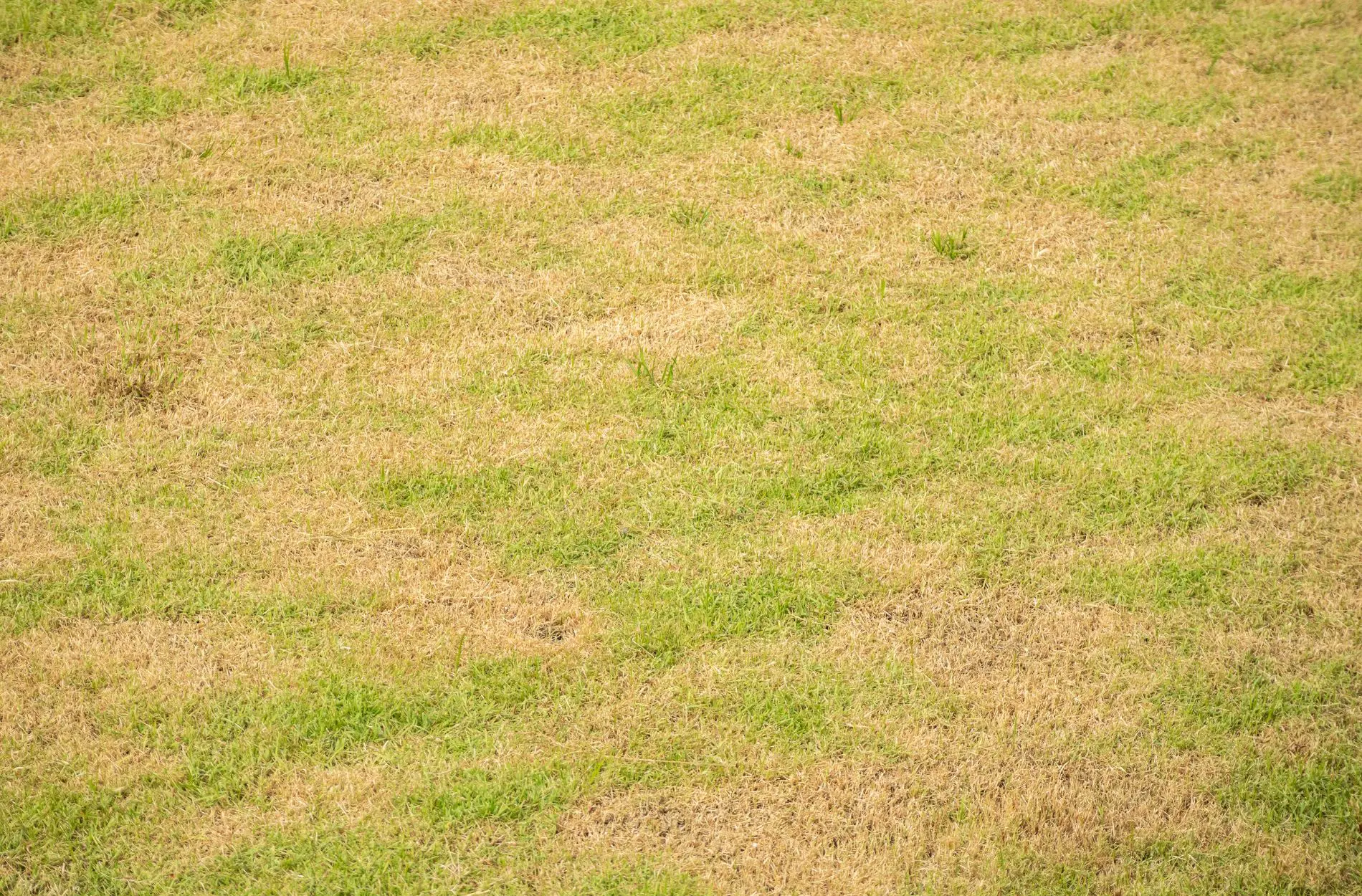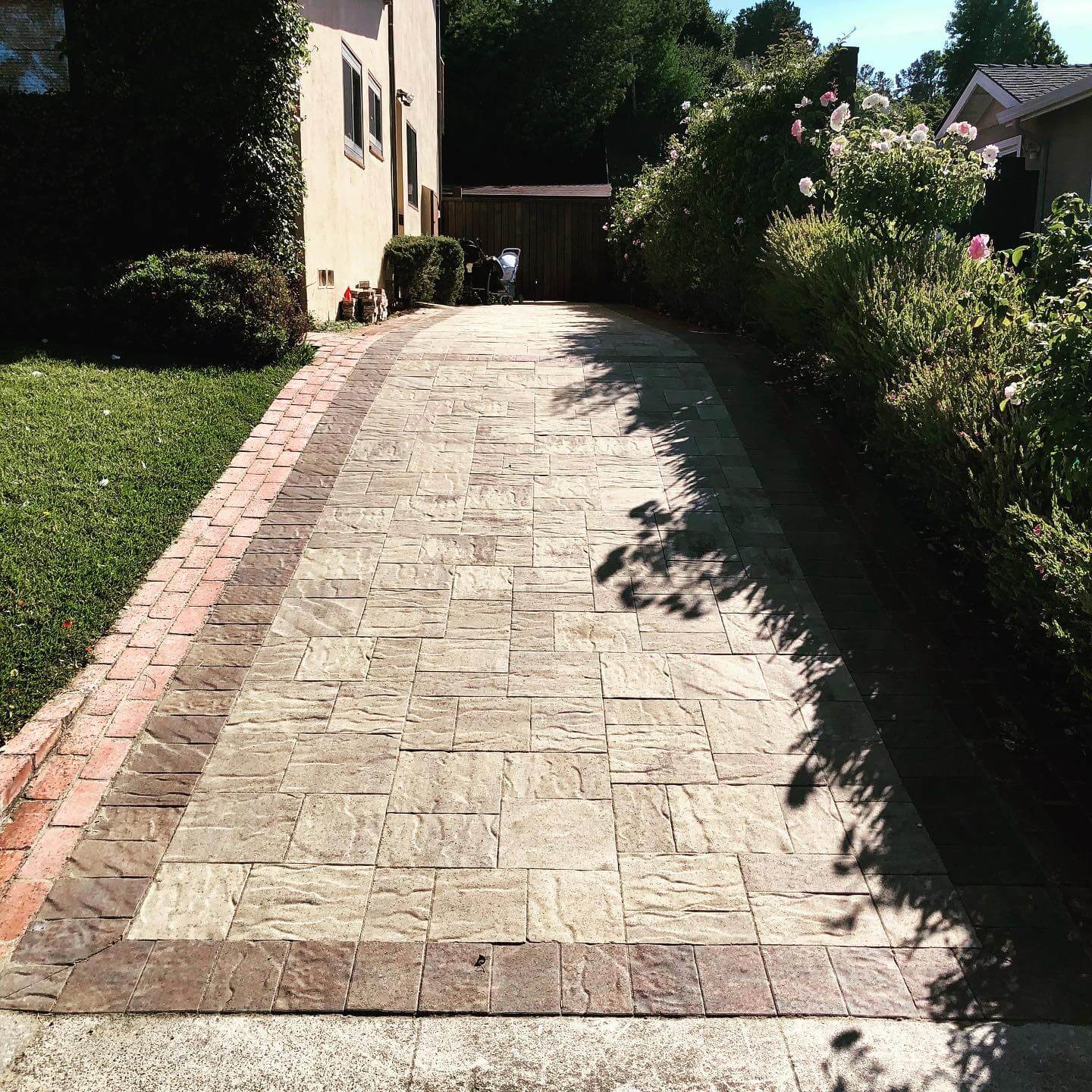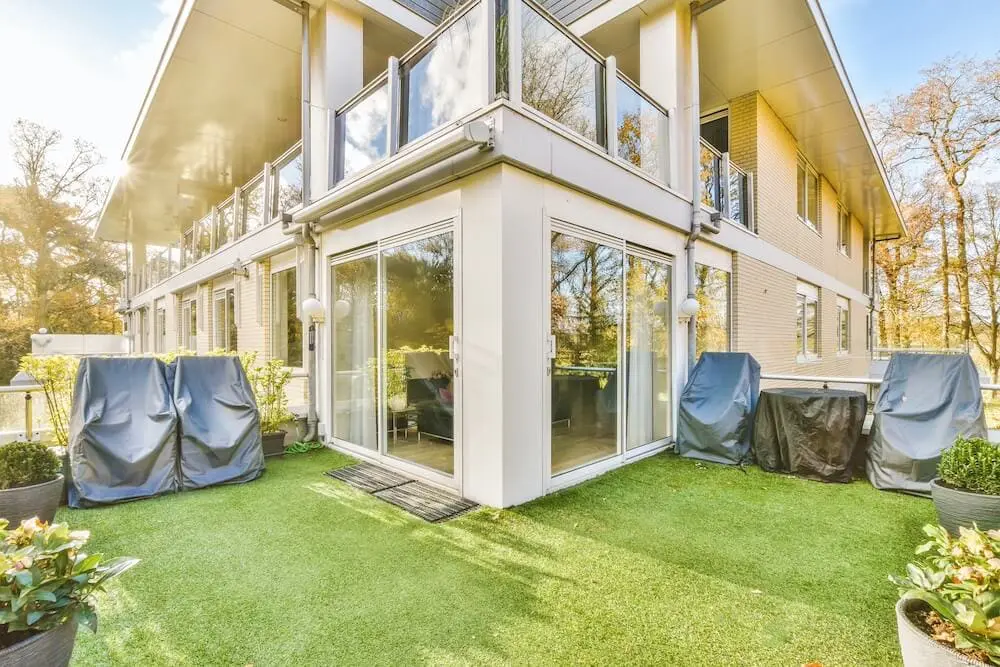
What To Do About Yellow Patches In Your Lawn
Yellow patches on your lawn can be frustrating, especially when you’ve put in the effort to create a green, healthy outdoor space. Nobody wants to see their carefully tended yard interrupted by discolored spots that seem to appear out of nowhere. These patches not only affect how your lawn looks, but they can also be a sign that something isn’t working the way it should beneath the surface. Whether you’re dealing with just a few yellow spots or a widespread problem, identifying the cause is the first step to fixing it and keeping it from coming back.
In regions like Napa, Sonoma, and Marin County, where summers run hot and dry, lawn issues tend to show themselves quickly if your yard isn’t getting the care it needs. The good news is, most causes of yellow patches are fixable with the right approach. Learning what’s behind the discoloration and taking action early can make a big difference in how your yard looks and feels throughout the rest of the year.
Common Causes of Yellow Patches
A yellowing lawn isn’t a one-size-fits-all issue. There are several common reasons for those dry, discolored areas to show up, and each one calls for a slightly different solution. Figuring out what’s going wrong starts with knowing what to look out for.
Here are a few core causes to keep in mind:
1. Inconsistent or poor watering
Grass can’t thrive without water. Too little water can dry it out and kill the roots. Too much can starve them of oxygen. Sprinklers that miss spots or irrigation systems that aren’t well-regulated often lead to uneven watering and dry patches.
2. Pest activity
Grubs, chinch bugs, and other lawn pests can damage the grass from below the surface. Their feeding destroys the roots, leading to dead, yellow grass that lifts easily when tugged.
3. Fungal infections
Fungi thrive in warm and humid conditions, particularly during late summer. If you’re seeing yellow or brown circular patterns, it could be a lawn disease like brown patch or dollar spot affecting your grass.
4. Soil compaction and nutrient deficiency
Compacted soil limits airflow and root growth. A lack of important nutrients like nitrogen, which helps grass stay green, can also lead to pale spots. These problems often go hand-in-hand and can be worsened by heavy foot traffic.
By understanding what’s contributing to unhealthy patches in your lawn, you’re better positioned to put a stop to the spread and begin bringing some life back to those areas.
Identifying the Problem
Now that you know the most likely culprits, the next move is figuring out which one you’re dealing with. You don’t have to be an expert to pick up on the signs, especially when you know what to look out for.
Start with a visual check. Is the yellowing random, or does it follow a pattern? A patch near a sidewalk could point to overexposure to heat or pet urine. Irregular circles might suggest fungus. A spreading zone of dead grass that pulls up easily could be a sign of grub activity. It’s all about the clues your yard is giving.
If water may be the issue, consider placing a few shallow containers in different parts of your lawn during a regular irrigation cycle. Check to see if each one is getting the same amount of water. If a couple stay nearly dry while others are full, your system isn’t watering evenly and may be skipping over key sections.
You can also try a simple screwdriver test to assess soil compaction. Push a screwdriver into the lawn. If it’s tough to drive into the soil, then your lawn could be suffering from tight, compact earth that isn’t letting enough nutrients, air, and water through.
For a more thorough test, soil kits can be picked up at garden centers or online. These can tell you if your lawn is short on nutrients and which ones it’s lacking. A nitrogen deficiency is often behind faded, yellow turf and can be fixed with targeted fertilizer treatments.
Understanding what’s going wrong helps you zone in on the right solution, saving time and preventing more damage down the line.
Solutions for Each Cause
Once you’ve spotted the cause of the yellow patches, the next step is fixing the root of the issue. There’s no one-size-fits-all answer, but here’s a breakdown based on what might be affecting your lawn.
1. Watering problems
If the issue is underwatering, adjust your irrigation schedule. In warm places like Napa and Sonoma counties, summer heat can dry out grass quickly. Make sure your sprinklers are hitting every part of the lawn evenly. Water deeply and early in the morning to reduce evaporation. On the flip side, if overwatering is the problem, scale back and aim for fewer, deeper watering sessions to strengthen root growth.
2. Pest infestation
To tackle pests like grubs, you’ll need targeted treatments. Lawn-damaging insects usually live just below the surface, so you’ll want someone trained to manage this without damaging the surrounding grass. Focus on treating the lawn without overdoing it. Too much insecticide can harm the grass even more.
3. Fungal diseases
Lawn fungus spreads in humid conditions, especially during mid to late summer. If you notice spots that don’t improve with better watering, you may need a fungicide made for that specific lawn disease. Avoid watering your lawn in the evening, as sitting water overnight encourages fungus to grow.
4. Soil and nutrient issues
Compacted soil can be fixed through lawn aeration. Aerating helps break up hardened dirt, allowing water, oxygen, and fertilizer to reach the roots again. If your soil’s lacking nutrients, your lawn will benefit from a fertilizer that targets the specific deficiencies shown in your soil test. Avoid over-fertilizing, though. It’s tempting to think more is better, but too much can lead to additional stress on your lawn.
Each of these challenges responds best to a focused approach. Trying every fix at once usually does more harm than good. Pay attention to how your lawn reacts and work step-by-step.
Preventative Lawn Care Tips
Avoiding yellow patches altogether starts with a good yard routine. Prevention saves you time later and keeps your lawn looking clean and green through the seasons.
Here are a few habits that can make a big difference:
Mow at the right height
Cutting your grass too short weakens the plant. Keep mower blades higher, especially in summer, so the grass can retain moisture and shade its own roots.
Don’t skip aeration
Once or twice a year, aerate the soil to break up compaction and let in air and nutrients.
Fertilize with a plan
Feed your lawn based on real needs, not just an app or calendar. Follow your soil test results to avoid giving it too much or the wrong type of food.
Adjust watering by season
Early spring and summer require different levels. Stay aware of heat patterns and change your schedule as the season shifts.
Pick up pet waste quickly
Dog urine can cause burned yellow areas. Encourage dogs to use one part of the lawn and rinse spots with water after.
Watch for early signs
Check regularly for discoloration, moss, or uneven growth. The earlier you catch it, the easier it is to fix.
Think of lawn care like caring for a car. Waiting until something’s already broken just makes repairs harder. Frequent, small efforts prevent larger issues from building up over time.
Bringing Back the Green
Once the problems are under control and your lawn has what it needs, it’s time to bring it back to life. Recovery doesn’t always happen overnight, but with the right steps, the green will return.
Start with reseeding the worst areas. If there are patches of completely dead turf, use a rake to remove old grass and thatch. Then incorporate a topsoil mix before laying down a grass seed that fits your yard’s sun level. Keep it moist until the new blades come in thick. Late summer works well if you’re in Napa or Sonoma, as the cooler nights help new grass grow strong without the harsh midday sun.
Overseeding the whole lawn can also help even things out. If your yard looks patchy or thin across wide areas, overseeding fills in the gaps. Combine this with aeration to improve contact between the seed and the soil.
Be patient. Rebuilding a stressed lawn won’t happen in a weekend, but with consistent care, you’ll see noticeable improvements in a few weeks. Try not to walk on the recovering areas too much, and don’t mow until the new grass reaches about three inches tall.
Sometimes, after repeated efforts, the same patches keep returning. That’s usually the point when professional help makes the most sense. If you’ve done the basic steps but nothing changes long term, there may be deeper issues below the surface that require more advanced tools and expertise.
Keeping Your Lawn Healthy Year-Round
Having a lawn that stays green throughout the year means staying consistent with care, even between seasons. You don’t need to do something every week, but sticking to a loose schedule through the year makes sure each part of your lawn’s needs are covered.
Fall in particular is a good time to fortify the lawn before winter. This includes applying fertilizer that’s balanced for cooler temperatures and checking irrigation systems for leaks or problems before they’re shut down. In spring, you’ll want to double-check how things held up during the colder months and seed any winter-damaged areas.
Bringing in professionals offers a lot of help in this process, especially in places like Contra Costa where yard needs can shift depending on the microclimate in your particular neighborhood. Strong winds, shaded yards, and water restrictions can change how you care for your grass. Professionals can often spot trouble you won’t see until it’s too late.
Keeping your lawn green and patch-free isn’t about treating every problem on the surface. It’s about understanding what’s happening underneath and treating your yard like the living system it is. That means treating the soil, adjusting for sunlight patterns, and making sure pests and diseases don’t quietly overtake what could be a great outdoor space.
Taking the Next Step for a Greener Lawn
Yellow patches don’t have to mean the end of your lawn’s beauty. With the right knowledge, you can troubleshoot issues, take action to heal damaged areas, and put solid habits in place that help prevent future problems. Whether it’s tweaking your watering system or getting expert help with stubborn pests or poor soil, each small step brings your yard closer to the green, healthy space you want it to be.
Lawn care takes commitment but not confusion. The biggest difference comes from knowing what to do and when, especially in areas like Napa and Sonoma, where climate and soil can be a little tricky. Keep your eyes on signs of stress, check trouble spots as they come up, and handle them early so they don’t lead to more damage later on. With a bit of effort and the right approach, you can say goodbye to yellow patches for good.
Take your lawn’s health to the next level with consistent care and attention to problem areas. If you’re looking for dependable landscaping services in Contra Costa to keep your outdoor space thriving year-round, Keystone Yards is here to help. Explore our landscaping services in Contra Costa for expert solutions tailored to your yard.





